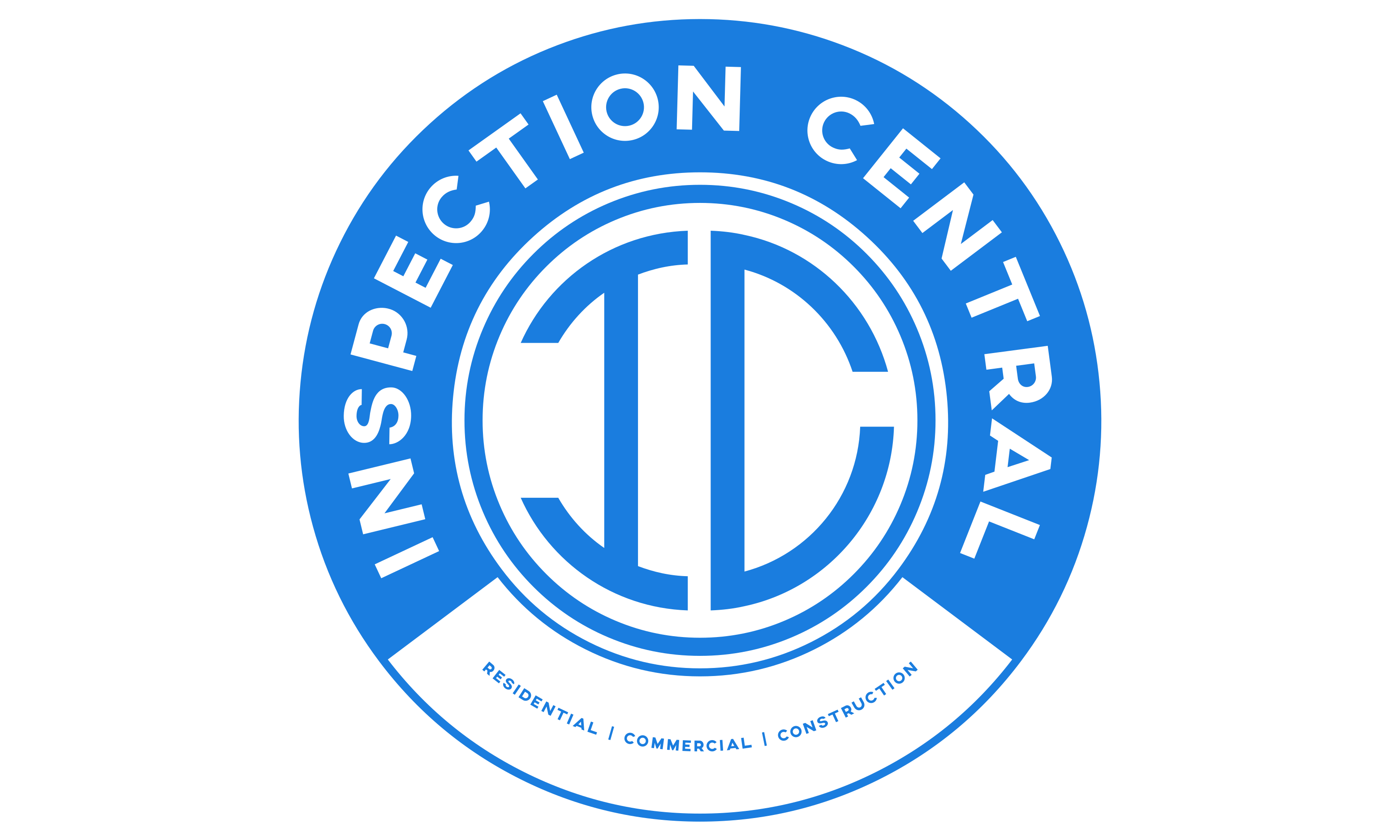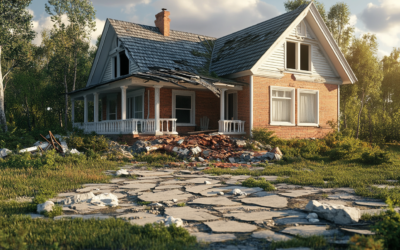Understanding the Mediation Process
Mediation feels like an informal chat with a referee, except there’s no whistle-blowing. Instead, it’s a structured negotiation facilitated by an impartial mediator, aiming to help the parties find common ground. But what actually goes on during these sessions? Let’s unravel the mystery.
Initial Consultation: Setting the Stage
The play starts with an initial consultation. Think of it as a “meet and greet” where the mediator lays out the playing field. They explain the rules—no trick shots or blindsiding here. This session helps to get everyone on the same page, an essential part of the process. Expect to cover what mediation entails, time frames, and the all-important confidentiality clause. No loose lips here!
Getting to Know the Parties
This step is like a friendly cup of tea between old mates. The mediator gathers background information about each party’s positions, interests, and concerns. It’s a bit like a doctor asking about your symptoms before diagnosing. This understanding helps craft an approach that suits everyone involved.
Joint Sessions: The Heart of the Process
Now, onto the main event—the joint sessions. Here, stories are shared, sides are aired, and perspectives are broadened. The mediator facilitates the discussion, ensuring it doesn’t devolve into a shouting match. If emotions run high, they might pause for a breather. Don’t worry, that’s normal. The aim is to keep things civil and productive. Think of it as a collaborative brainstorming session where the goal is to carve out a solution.
Private Sessions: An Open Ear
Just like a reliable confessor, mediators conduct private sessions or “caucuses” with each party. It’s private counselling without the couch. These are one-on-one chats allowing individuals to voice concerns they might not want to share in the open sessions. It’s the mediator’s job to weave these private inputs into the bigger tapestry of resolution. A bit like piecing together a jigsaw puzzle.
Exploration of Options
This part is akin to brainstorming where no idea is too outlandish. The goal is to explore potential solutions and roadmaps towards resolving the dispute. With helpful facilitation, parties discuss the pros, cons, and what-ifs of various solutions. No stones are left unturned; creativity is king here. It’s a bit like charting a course through uncharted waters, relying on collective wisdom to find the best route.
Reaching an Agreement
After all the talking and negotiating, the aim is to reach an agreement that everyone can live with. Ideally, consensus is the star of the show. The mediator helps to draft this agreement, ensuring clarity and mutual understanding. It often feels like solving a tricky crossword puzzle—but one that pays off.
Wrapping It Up
Once a resolution emerges, the mediator ensures everyone understands the terms and conditions. After crossing the t’s and dotting the i’s, it can be a relief to put it all to paper. It’s the paperwork that marks the end of this melodrama and the beginning of peace.
Post-Mediation: Life After the Peace Talks
After the ink has dried, it’s time to implement the agreement. Post-mediation can be uneventful or require ongoing collaboration, depending on the nature of the disputes. Regardless, keep the lines of communication open to iron out any kinks that may pop up like surprise guests.
Expect the Unexpected
Mediation can sometimes throw a curveball or two. Emotions might bubble over, or new issues may surface. It’s all part of the journey. Just remember—patience, flexibility, and a good sense of humour often win the day. And when the journey’s done, ideally, you’ve settled matters with grace and goodwill.
So there you have it, folks! The what’s, how’s and why’s of mediation. It’s a process steeped in understanding and aimed squarely at resolution. As someone once wisely said, “It’s better to light a candle than curse the darkness”—mediation is that candle.









0 Comments